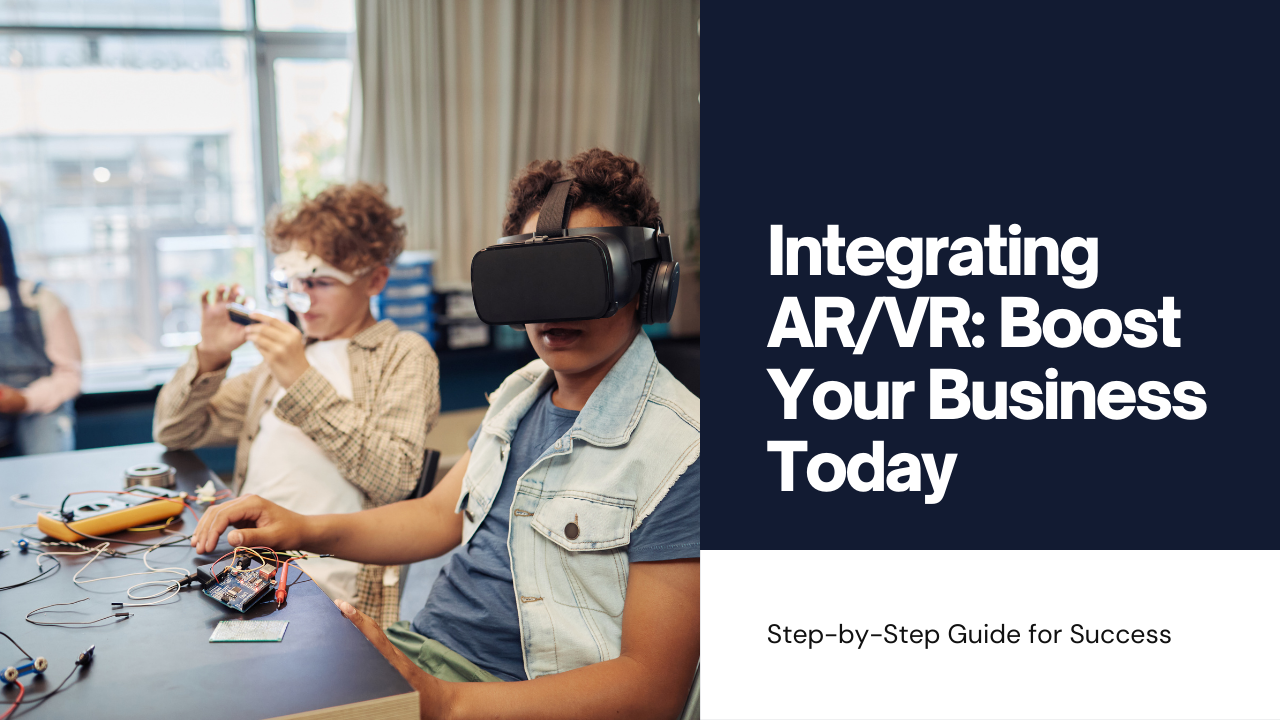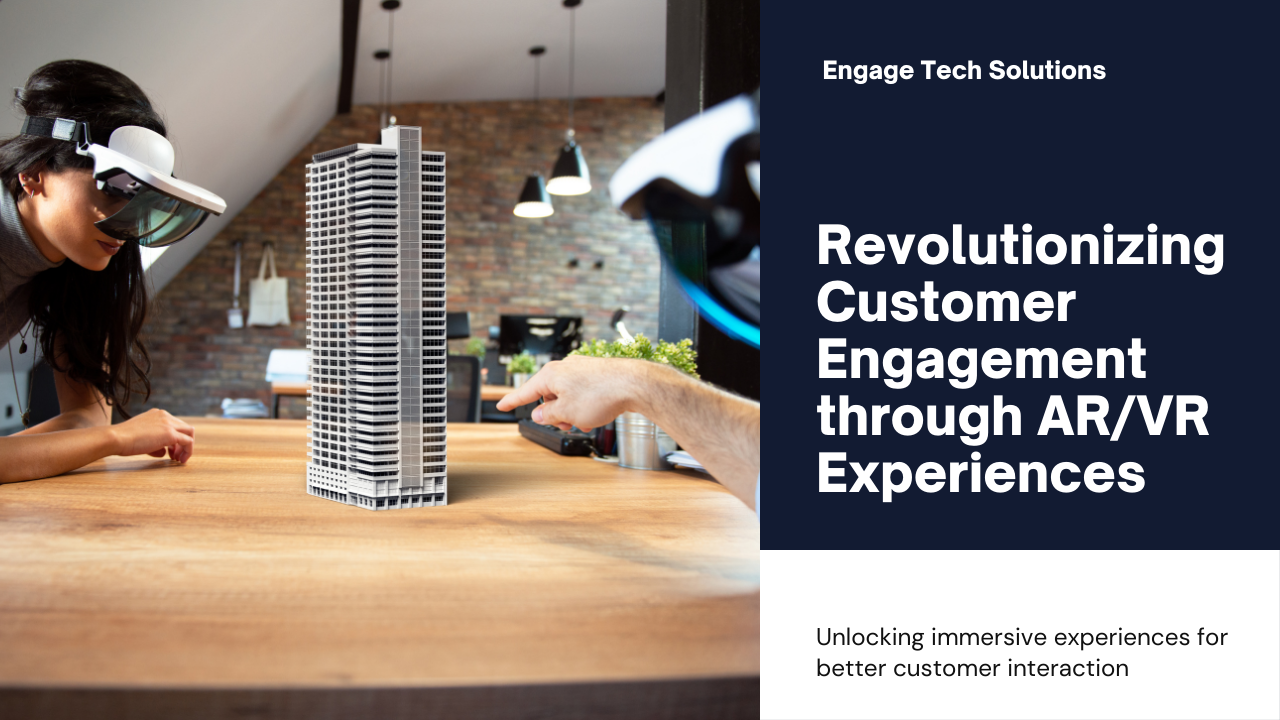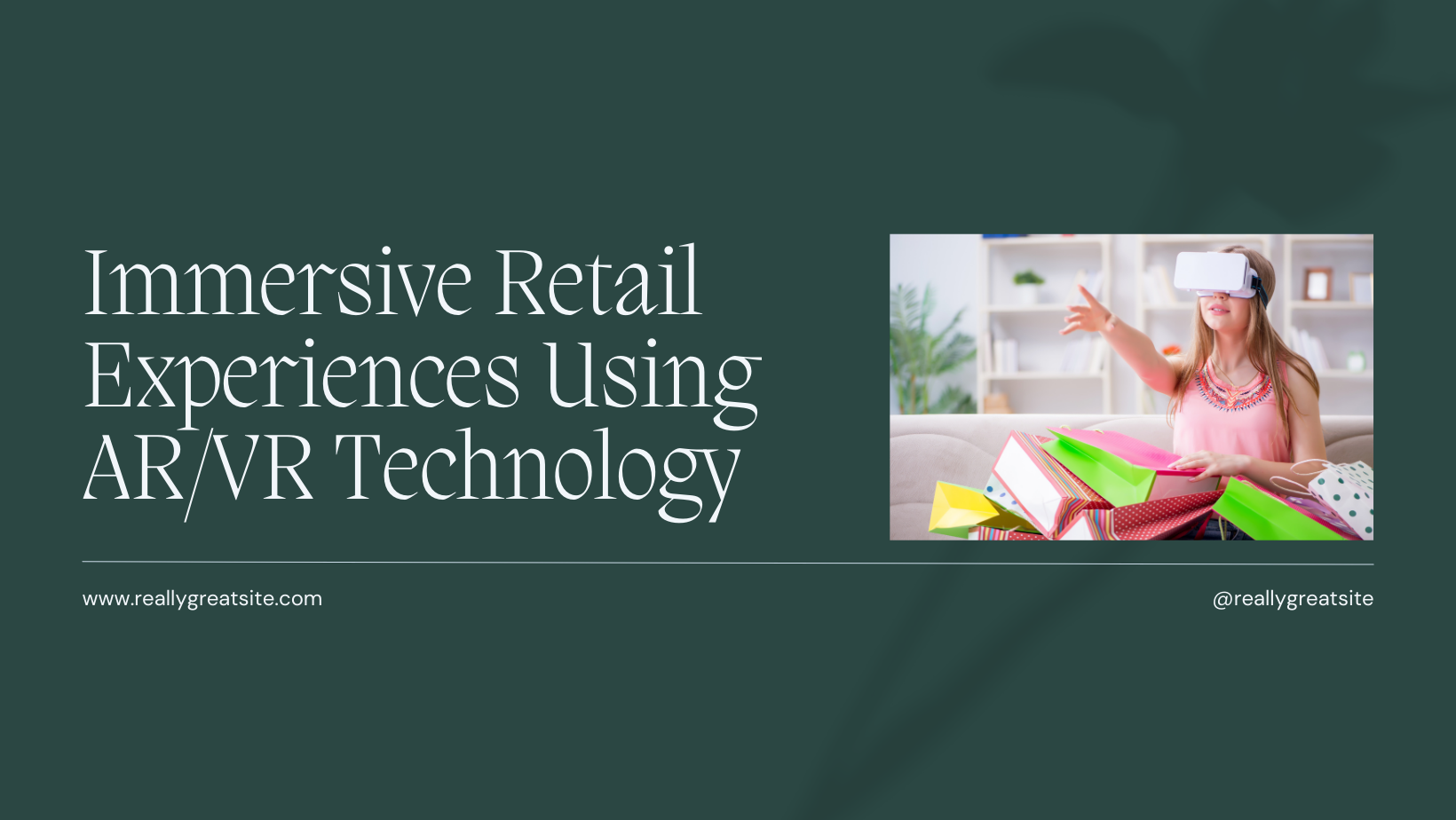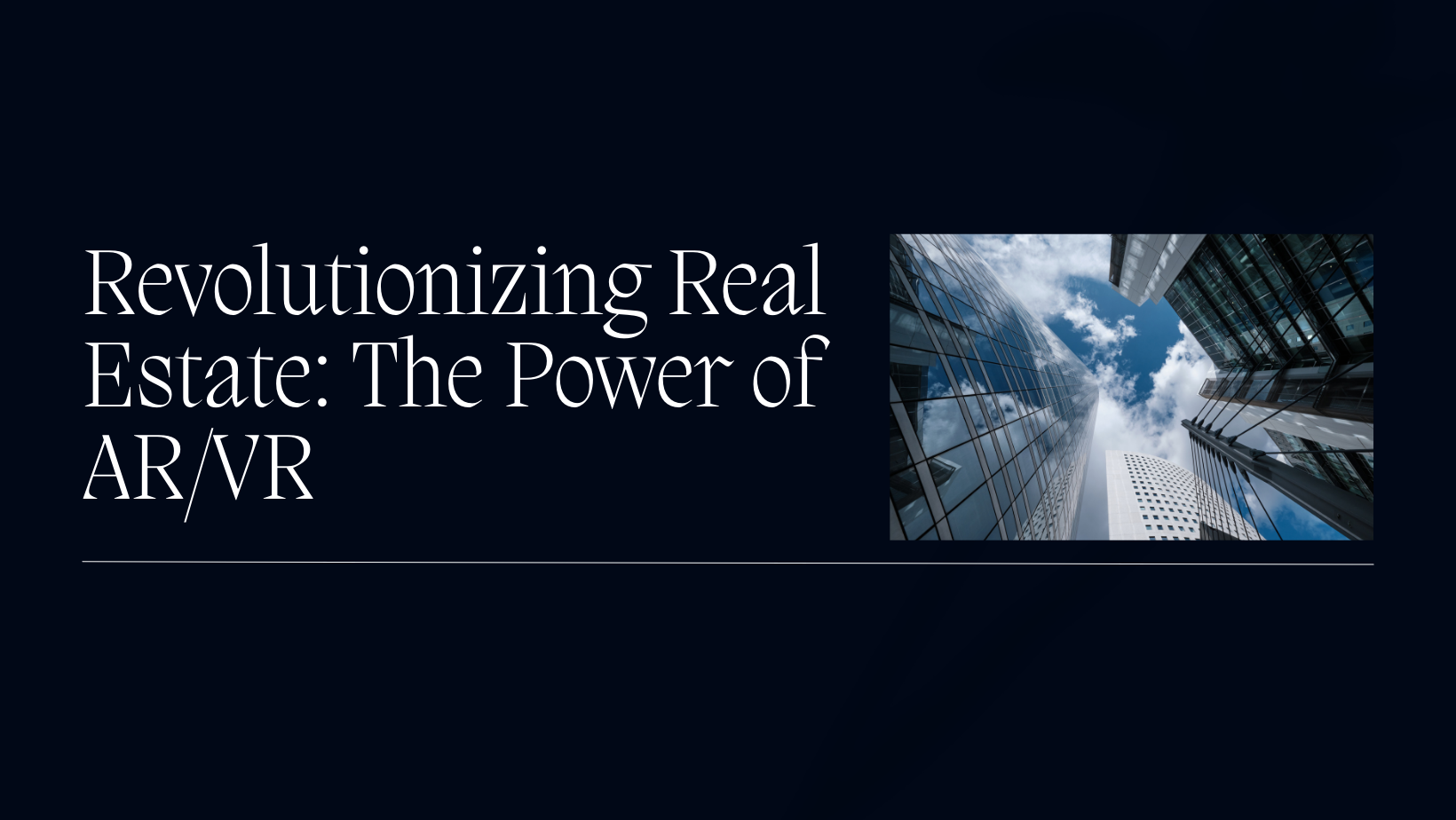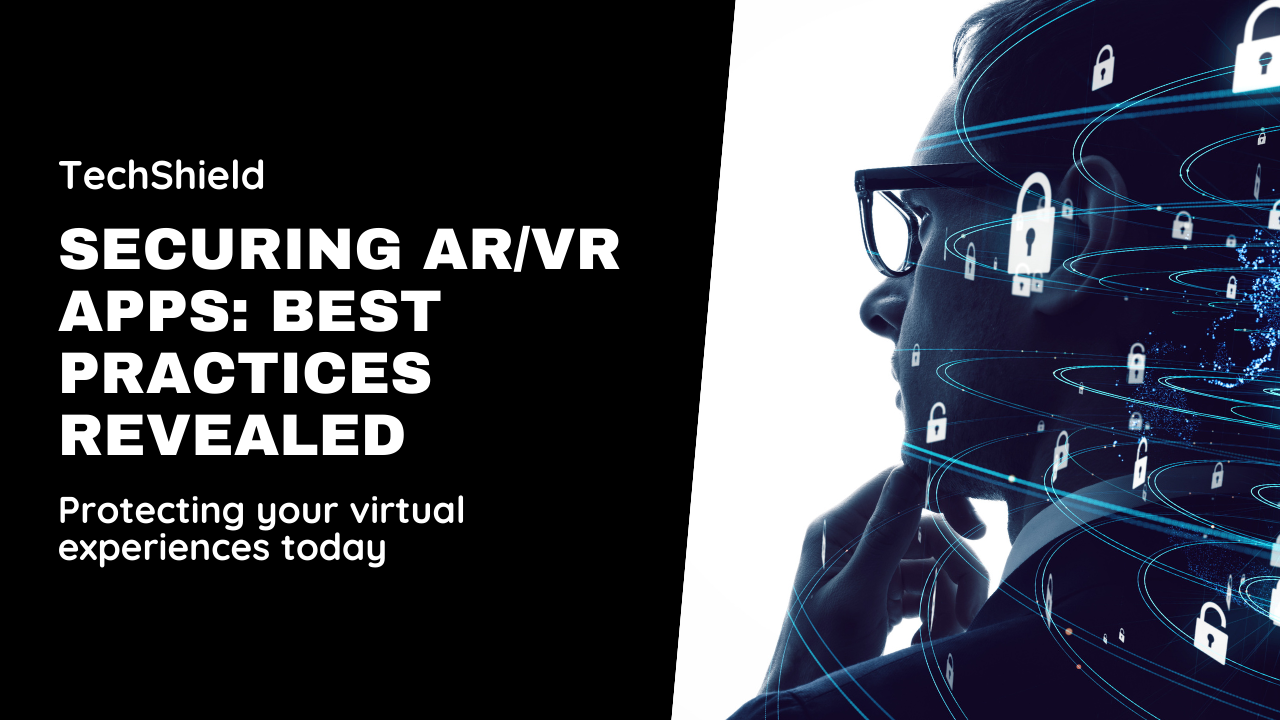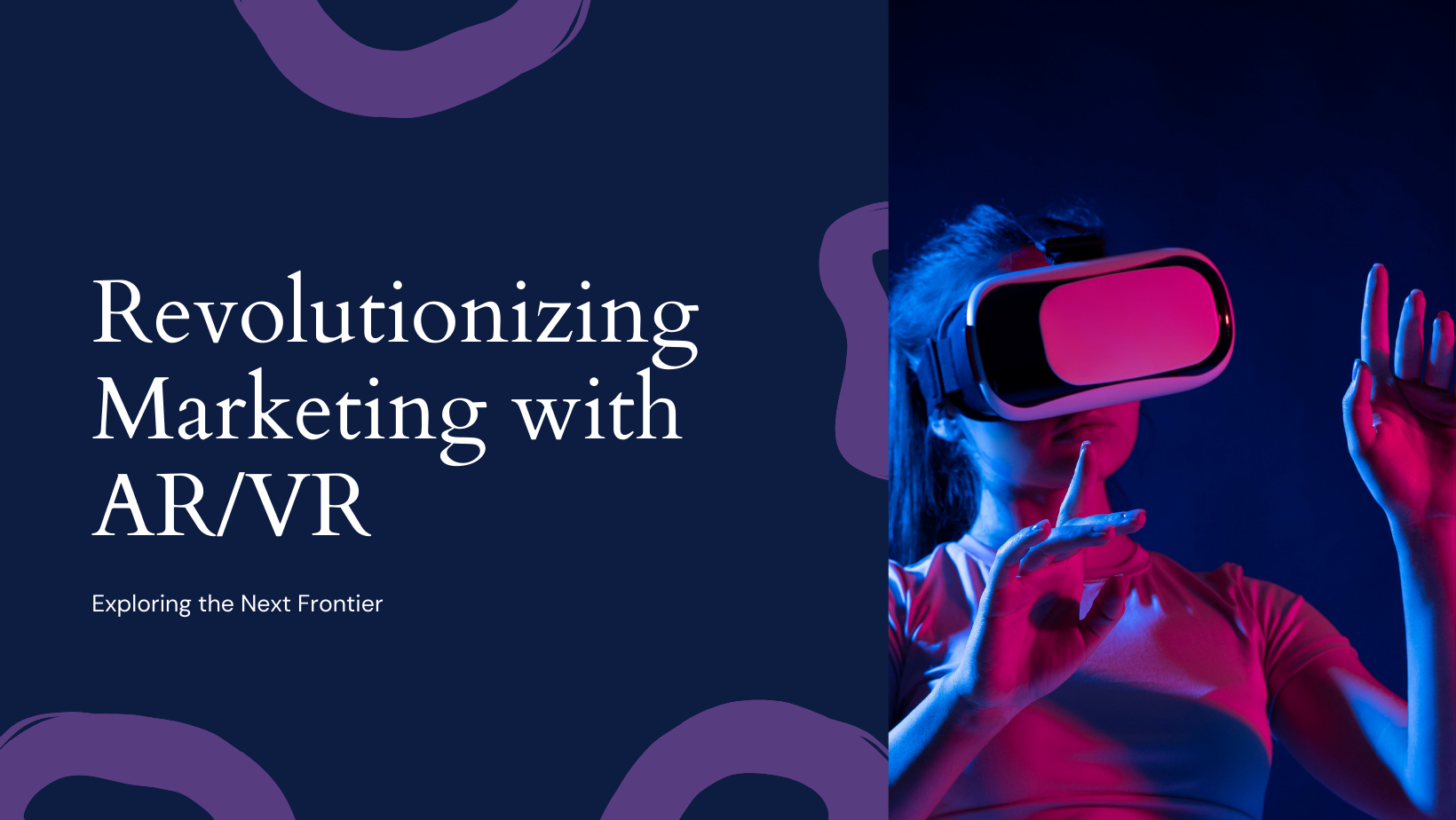Augmented Reality (AR) and Virtual Reality (VR) are transforming industries by offering immersive experiences that enhance customer engagement, streamline operations, and drive innovation. Sodio Technologies specializes in integrating AR/VR solutions tailored to business needs, revolutionizing how companies interact with customers and optimize internal processes. This blog explores effective strategies, benefits, and practical steps for integrating AR/VR into your business model with insights from Sodio Technologies.
Understanding AR and VR Integration
1. Augmented Reality (AR) and Virtual Reality (VR)
AR enhances the real-world environment by overlaying digital information and interactive elements, whereas VR immerses users in simulated environments through headsets or goggles. Both technologies offer unique capabilities to enhance customer experiences, training programs, and operational efficiency.
2. Sodio Technologies’ Expertise in AR/VR Integration
Sodio Technologies leverages its expertise in AR/VR development to create customized solutions that align with business objectives. From enhancing customer engagement to optimizing workflow efficiencies, Sodio Technologies collaborates with businesses to unlock the full potential of AR/VR technologies.
Strategic Approaches to AR/VR Integration
1. Enhancing Customer Engagement
a. AR for Product Visualization
Integrate AR applications that allow customers to visualize products in real-world environments. Sodio Technologies develops AR solutions that enable virtual product try-ons, interactive demos, and personalized shopping experiences, enhancing customer decision-making and satisfaction.
b. VR for Immersive Experiences
Implement VR experiences to transport customers into virtual showrooms, interactive tours, or branded environments. Sodio Technologies designs VR applications that facilitate immersive storytelling, virtual consultations, and engaging customer interactions that drive brand loyalty and retention.
2. Optimizing Training and Education
a. AR/VR for Employee Training
Deploy AR/VR simulations for training programs, enabling employees to practice skills in realistic scenarios. Sodio Technologies creates VR training modules for hands-on learning, safety simulations, and complex procedure training that improve retention and operational readiness.
b. Interactive Learning Experiences
Utilize AR applications to deliver interactive educational content and augmented textbooks. Sodio Technologies develops AR learning platforms that engage students with 3D models, gamified lessons, and collaborative learning experiences that enhance knowledge retention and student engagement.
3. Streamlining Operations
a. AR for Remote Assistance
Implement AR solutions for remote support and maintenance tasks. Sodio Technologies integrates AR applications that enable technicians to receive real-time instructions, visualize equipment diagnostics, and perform repairs efficiently, reducing downtime and operational costs.
b. VR for Collaborative Workspaces
Create VR environments for remote collaboration and virtual meetings. Sodio Technologies develops VR conferencing tools that enable teams to interact in virtual spaces, share presentations, and collaborate on projects regardless of geographic locations, fostering productivity and innovation.
Benefits of AR/VR Integration
1. Enhanced Customer Experience
AR/VR technologies enrich customer interactions with immersive content, personalized experiences, and innovative engagement methods that differentiate brands and drive customer loyalty.
2. Improved Training Efficiency
AR/VR training programs enhance employee skills development with hands-on simulations, adaptive learning paths, and interactive feedback mechanisms that accelerate onboarding and skills proficiency.
3. Operational Efficiency Gains
AR/VR streamline operational workflows with real-time data visualization, remote assistance capabilities, and collaborative tools that optimize resource allocation, reduce errors, and enhance decision-making processes.
Practical Steps to Implement AR/VR Integration
1. Define Business Objectives
Identify specific business goals and use cases for AR/VR integration, such as enhancing customer engagement, improving training outcomes, or optimizing operational efficiency.
2. Evaluate Technology Requirements
Assess hardware and software requirements, compatibility with existing systems, and scalability considerations to ensure seamless integration and long-term sustainability.
3. Pilot Testing and Iterative Deployment
Conduct pilot tests to validate AR/VR applications, gather user feedback, and refine functionalities based on performance metrics and stakeholder input.
Conclusion: Transforming Business with AR/VR Innovation
Sodio Technologies empowers businesses to harness the transformative power of AR/VR technologies to innovate, engage customers, and optimize operations. By integrating immersive experiences into business models, companies can enhance competitiveness, drive growth, and deliver exceptional value in an evolving digital landscape.
